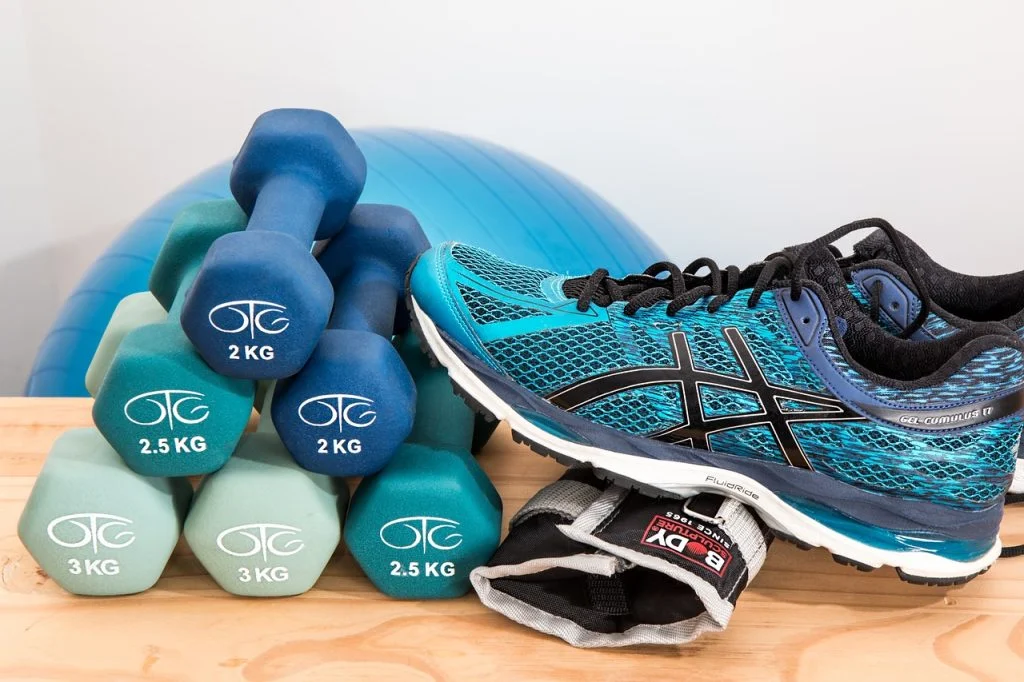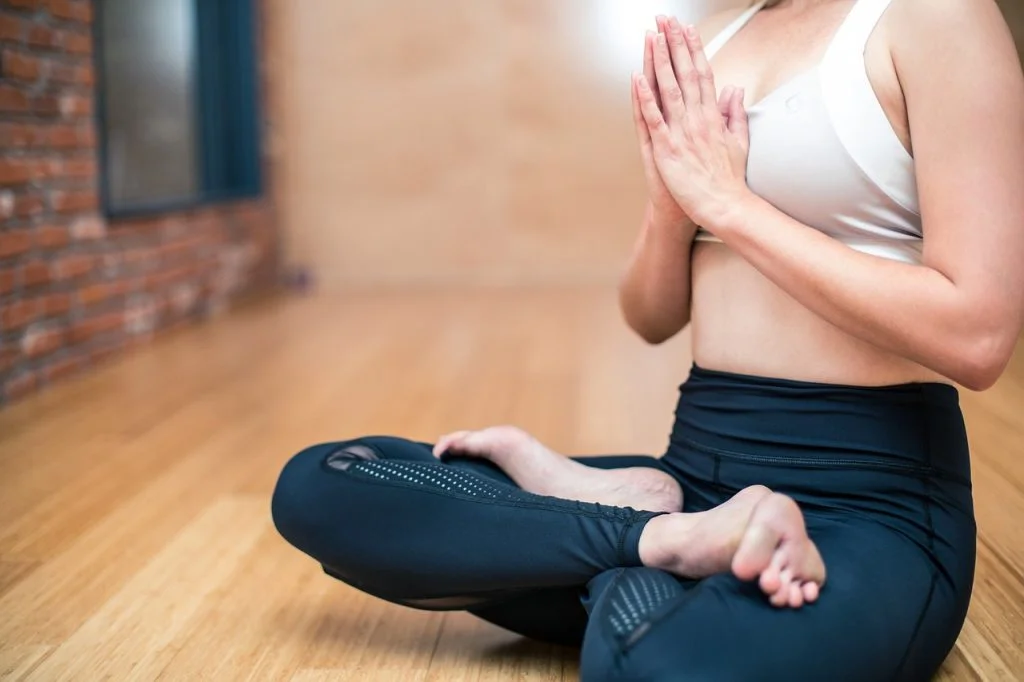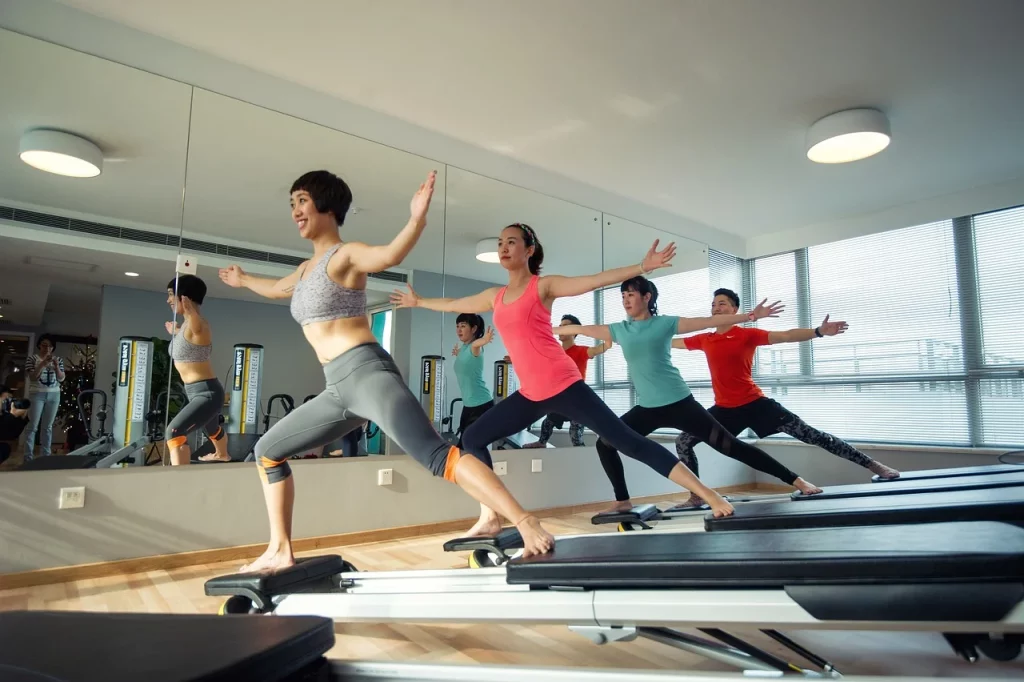Who knew a wrong turn on the way to a cake decorating class would lead me into a Pilates studio? Not me, but here we are! One year and countless ‘oops, that’s not how my body bends‘ moments later, I’ve become somewhat of a Pilates guru.
I mean, who else do you know who can discuss the merits of a reformer while balancing in a Teaser pose? Buckle up as I take you through 50 eye-opening facts about Pilates. Spoiler alert: It involves more than just lying on a mat and breathing.
Physical fitness is the first requisite of happiness.
Joseph Pilates
Pilates Facts
Prepare to be surprised and informed with these pilates fun facts! As you journey through them, keep in mind there’s a quiz at the end of the page – your chance to shine with your Pilates powers!
- Pilates was developed by Joseph Pilates in the early 20th century.
- It was originally named Contrology by its creator.
- Pilates exercises focus on core strength, flexibility, and overall body awareness.
- Joseph Pilates believed mental and physical health were closely connected.
- The practice was used as rehabilitation for injured soldiers during World War I.
- Pilates is effective in improving postural alignment and muscle balance.
- There are more than 500 exercises in the Pilates repertoire.
- Equipment like the Reformer, Cadillac, and Wunda Chair were invented by Joseph Pilates.
- Pilates can be practiced on a mat or using specialized equipment.
- The method emphasizes the importance of mindful movement.
- Pilates is used by athletes for cross-training and injury prevention.
- Control, centering, concentration, precision, breath, and flow are key principles of Pilates.
- Regular Pilates practice can improve balance and coordination.

- Pilates exercises are adaptable for various fitness levels and ages.
- It has been found to be effective in managing low back pain.
- Joseph Pilates authored two books: “Your Health” and “Return to Life through Contrology”.
- Deep breathing is a fundamental component of Pilates exercises.
- Pilates enhances muscular endurance and flexibility.
- Certified Pilates instructors undergo extensive training and certification processes.
- Posture improvement is one of the most noticeable benefits of regular Pilates practice.
- Joseph Pilates was influenced by gymnastics, boxing, and Greco-Roman wrestling.
- Mat-based Pilates requires no equipment and focuses on body weight exercises.
- Many Pilates movements target the transversus abdominis, the deepest abdominal muscle.
- Stott Pilates is a contemporary approach that incorporates modern exercise principles.
- Pilates can help enhance mind-body connection.
- Flexibility gains from Pilates can reduce the risk of injuries.
- The Pilates method is used in physical therapy settings for rehabilitation.
- Pilates can be an effective part of a weight loss program when combined with cardio and healthy eating.

- Joseph Pilates practiced his method well into his old age, demonstrating its sustainability.
- The Pilates Reformer machine offers resistance through springs and pulleys.
- Practicing Pilates can improve breathing efficiency and lung capacity.
- Pilates helps develop core stability which is vital for physical health.
- Advanced Pilates exercises require a high level of skill and strength.
- Pilates can be beneficial for pregnant women, aiding in body awareness and relaxation.
- Pilates principles are also applied in contemporary dance training.
- Dynamic alignment is a key focus in Pilates, ensuring the body moves efficiently.
- Celebrities and athletes often use Pilates for body conditioning and maintenance.
- Joseph Pilates initially developed his method as a form of self-defense.
- Pilates can be integrated with other forms of exercise for a balanced fitness routine.

- Classical Pilates stays true to Joseph Pilates’ original teachings.
- Pilates movements can be modified for individual needs and restrictions.
- Consistent Pilates practice can lead to improved concentration and mental clarity.
- The Pilates method encourages efficient and graceful movement patterns.
- There is a growing body of scientific research supporting the health benefits of Pilates.
- Many Pilates exercises can be performed without any equipment, making them accessible.
- Pilates has been adopted in various forms around the world, reflecting its versatility and adaptability.
- Group Pilates classes can provide motivation and a sense of community.
- The practice can be particularly beneficial for those with sedentary lifestyles.
- Pilates has therapeutic applications in mental health, helping to reduce stress and anxiety.
- Regular Pilates practice can contribute to a positive self-image and body awareness.
Pilates Myths

I hope you had a good time reading all these facts, because now it’s time to check on some popular myths about pilates. Let’s see what the actual truth is.
- Pilates Is Only for Women
They benefit everyone, regardless of gender. Originally designed by Joseph Pilates, a male athlete, it was used extensively for training both male and female athletes and dancers. Its focus on core strength, flexibility, and mindful movement makes it suitable and beneficial for all genders. - You Need to Be Extremely Flexible
Not at all! They actually help improve flexibility over time. It’s a progressive practice, starting with movements that match your current flexibility level. As you continue, your range of motion and flexibility will naturally improve. - Pilates Is Just a Mild Workout
Pilates can be quite challenging. While they do include slow, controlled movements, these exercises are designed to build core strength and stability. Advanced classes can be particularly intense, offering a rigorous workout that challenges even seasoned athletes. - It’s Only About the Core
While Pilates does focus heavily on core strength (including abs, back, and pelvic muscles), it’s a full-body workout. It aims to create muscular balance in the body, improving posture, flexibility, and overall strength. - Pilates and Yoga Are the Same
Pilates and yoga have some similarities, like emphasizing breath and mindful movement, but they’re distinct practices. Pilates focuses more on physical conditioning, particularly around the core, whereas yoga incorporates a broader spiritual and meditative element, with a focus on flexibility and balance.
No products found.
Pilates Quotes

Here are my five favorite quotes about pilates. Let me know what your favorite one is.
In 10 sessions, you feel better, 20 sessions you look better, 30 sessions you have a completely new body.
Joseph Pilates
This quote by Joseph Pilates highlights the transformative power of Pilates, suggesting noticeable improvements in well-being and appearance with consistent practice.
Change happens through movement, and movement heals.
Joseph Pilates
A profound statement by Joseph Pilates, highlighting his belief in the healing and transformative power of movement, which is a core principle of Pilates.
Pilates is the complete coordination of body, mind, and spirit.
Mari Winsor
Mari Winsor, a well-known Pilates instructor, underscores the holistic nature of Pilates, focusing on the integration of physical, mental, and spiritual aspects.
Contrology is not a fatiguing system of dull, boring, abhorred exercises repeated daily ad nauseam.
Romana Kryzanowska
Romana Kryzanowska, a protégé of Joseph Pilates and a significant figure in the Pilates world, describes Pilates (originally called Contrology by its founder) as a dynamic and engaging exercise system.
It’s the mind itself which shapes the body.
Jay Grimes
Jay Grimes, a renowned Pilates instructor who studied directly under Joseph Pilates, emphasizes the mental aspect of Pilates in shaping and transforming the body.
Pilates FAQ

I know you want to start a pilates session after all these quotes, but hold your horses. First, you have to go through the FAQ section and complete this article with the ultimate pilates quiz. Read carefully.
- Why is Pilates good for you?
Pilates offers a unique blend of flexibility, strength, and mental awareness. It improves posture, reduces stress, and enhances muscle tone and body awareness. Regular practice can lead to better balance and coordination, making it an excellent choice for all fitness levels. - Can Pilates help you lose weight?
Yes, Pilates can contribute to weight loss as part of an overall healthy lifestyle. While it’s not as high-intensity as some cardio workouts, it effectively tones and strengthens muscles, which can boost your metabolism. Coupled with a balanced diet and regular aerobic exercise, Pilates can be a beneficial part of a weight loss program. - Can Pilates build muscle?
Absolutely! Pilates is excellent for building lean muscle, especially in the core, legs, and arms. It focuses on controlled movements and resistance, which helps in developing strength and endurance in various muscle groups. - Is Pilates suitable for beginners or those with injuries?
Yes, one of the great things about Pilates is its adaptability. It’s gentle enough for beginners and those with certain injuries, yet can be challenging for even the most experienced athletes. Always consult with a healthcare provider before starting any new exercise regimen, especially if you have existing health concerns. - How often should you do Pilates to see results?
The frequency can vary depending on your fitness goals, but generally, practicing Pilates 2-3 times a week can offer noticeable improvements in strength, flexibility, and posture. Consistency is key, so find a routine that works for you and stick with it!
No products found.
Pilates Trivia

Get ready to roll up for the Pilates quiz! Miss a question, and you might just be doing your next session while reciting Pilates puns. Trust me, it’s harder than a plank!
Conclusion
So, there you have it! We’ve stretched, strengthened, and maybe even snorted a little laughter at how challenging Pilates can be. Remember, it’s not just about bending like a pretzel or mastering the teaser; it’s about feeling good and having fun.
Did you know that your core muscles are now contemplating a thank-you note to you? As we roll up our mats, here’s a question to ponder: If Pilates strengthens our core, does laughing at our own Pilates fails count as an extra workout? Let me know your funniest Pilates moment!
5 Sources Used For This ArticlePilates – Medicine Net
Pilates – Svayambhava
What Is Pilates – Pilates Agency
What is Pilates? Everything You Need to Know – Merrit Hew


